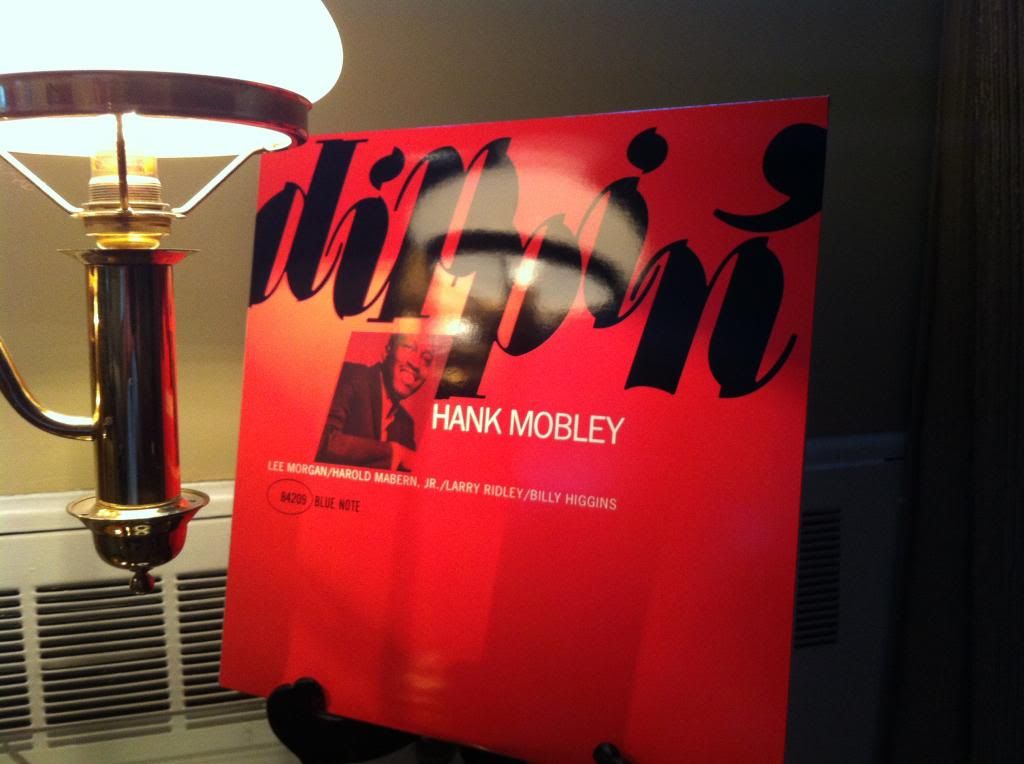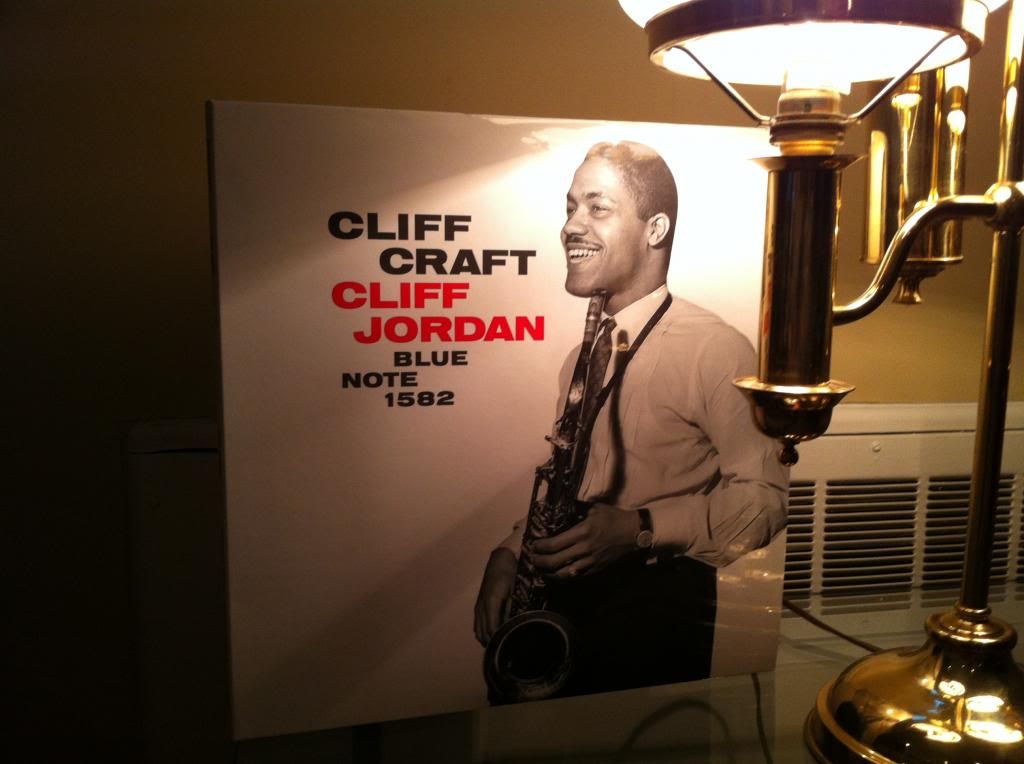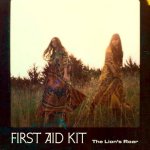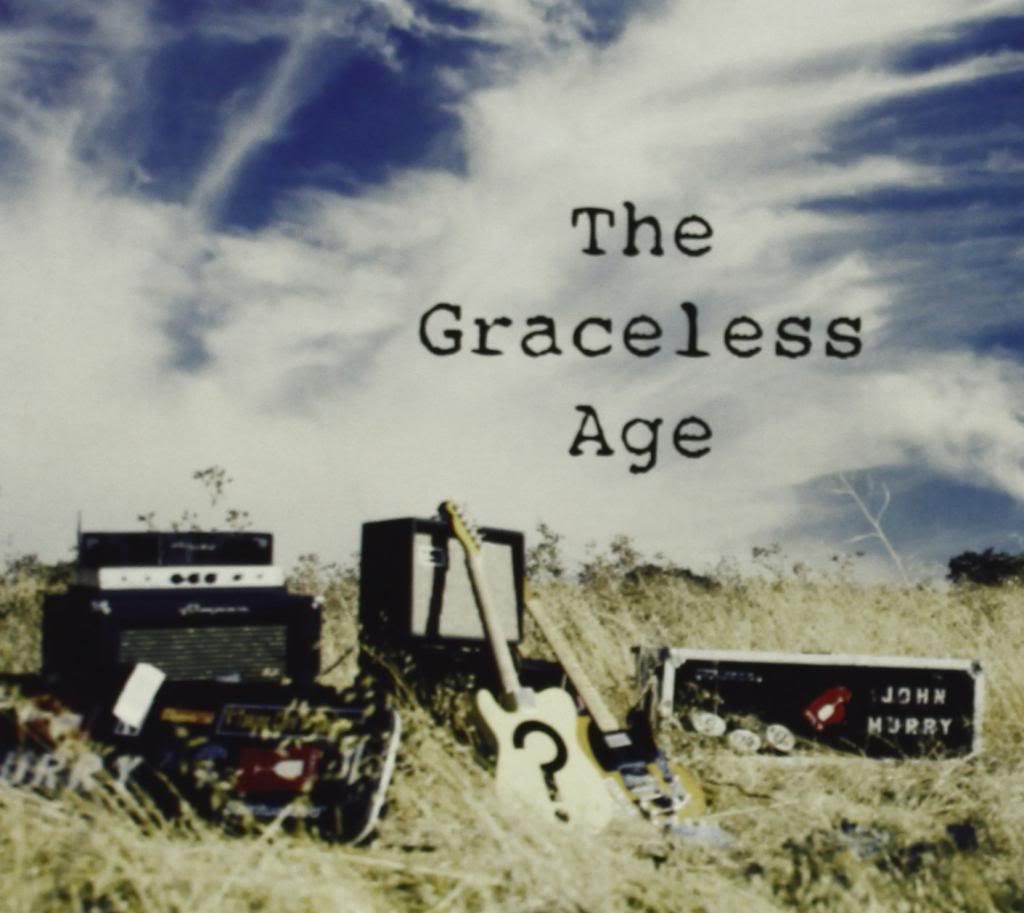You are using an out of date browser. It may not display this or other websites correctly.
You should upgrade or use an alternative browser.
You should upgrade or use an alternative browser.
What are you listening to tonight ?
- Thread starter Paul
- Start date
sharkmouth
Active member
- Joined
- Apr 5, 2013
- Messages
- 1,616
sharkmouth
Active member
- Joined
- Apr 5, 2013
- Messages
- 1,616
HiFive
New member
NorthStar
New member
watercourse
Member
Bonnie Raitt - Takin my Time


sharkmouth
Active member
- Joined
- Apr 5, 2013
- Messages
- 1,616
watercourse
Member
Miyata Kohachiro - Shakuhachi - The Japanese Flute


the_nines
New member
Hank Mobley
Dippin'
-Blue Note- (45rpm, Analogue Productions)

......
Dippin'
-Blue Note- (45rpm, Analogue Productions)

......
the_nines
New member
Cliff Jordan
Cliff Craft
-Blue Note- (45rpm, Music Matters Ltd.)

......
Cliff Craft
-Blue Note- (45rpm, Music Matters Ltd.)

......
sharkmouth
Active member
- Joined
- Apr 5, 2013
- Messages
- 1,616
sharkmouth
Active member
- Joined
- Apr 5, 2013
- Messages
- 1,616

There’s something dangerous about tales of a Golden Age: especially a brief one. The so-called Golden Age of Ethiopian popular music (or Ethio-jazz, or Ethio-groove) lasted less than a decade. It took hold in the late 1960s in the cosmopolitan circles of Addis Ababa, fed by exposure to American soul and jazz, and boosted by the return of the Berklee College of Music-trained bandleader and arranger Mulatu Astatke. A blossoming scene produced, refined and sprouted new branches of a hitherto unheard synthesis of jazz (and Latin music) with Ethiopian pentatonic scales, distilled by brass-heavy bands adding guitar, vibraphone, and organ. But the 1974 coup that deposed Emperor Haile Selassie plunged Ethiopia into a long and difficult period of military rule and civil war. The swank nightlife of Addis shut down; the musicians scattered and the moment passed.
So the story goes. And it’s not wrong, in its broad outline. Certainly something special transpired in those years in Addis. The era produced an ample trove of recordings that now, decades later, have started to emerge from their hiding places, thanks to projects like the Ethiopiques series, curated by French producer Francis Falceto, and, not least, to the foresight of the Addis players and impresarios of the time who held onto the tapes as they dispersed around the world. The richness—the sheer grooviness—of this work and the seemingly bottomless reserve of material has made Ethio-jazz, not unlike Fela Kuti-era Afrobeat, the target of a growing field of cover and revival projects in hip precincts from New York to Tokyo to Amsterdam.

watercourse
Member
Wayne Shorter - Juju


sharkmouth
Active member
- Joined
- Apr 5, 2013
- Messages
- 1,616
NorthStar
New member
B.l.u.e.s. on the r.a.d.i.o. (KPLU Port Angeles/Seattle/Victoria) from the North American West coast of the Pacific Ocean.
watercourse
Member
still-one
Well-known member
Jennifer Nettles - That Girl












